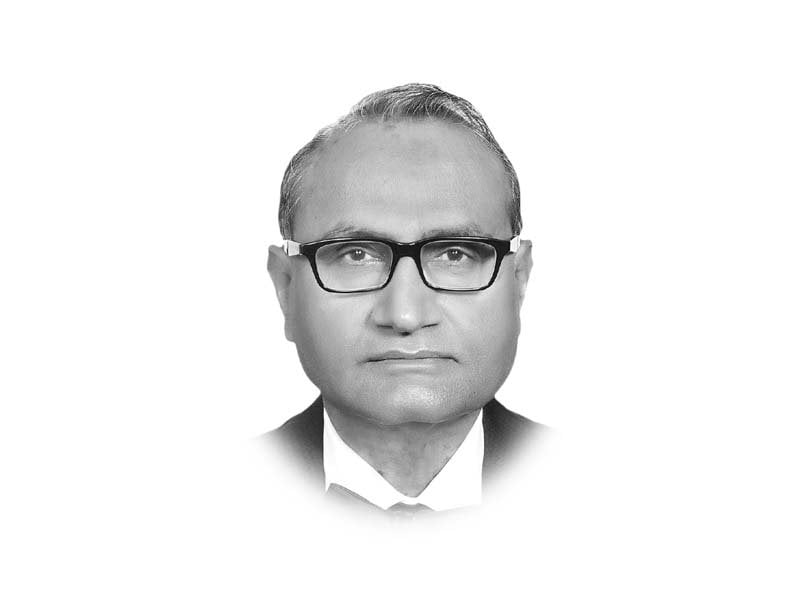

There will thus be two macroeconomic frameworks, one for the master, one for the little girl, who lives down the lane. This won’t be for the first programme. All IMF programmes in the past had their own. Not much should, therefore, be read into it. More attention has to be paid to the thinking behind the macroeconomic framework approved by the NEC. At his maiden press conference last week, the Adviser on Finance observed that low growth need not be jobless. As evidence, he compared the PPP government period, of which he was a part, with the PML-N period, the party who blocked his proposal for a Reformed General Sales tax and thus the IMF programme. In the case of the PPP, the average growth per annum was as low as 2.8 per cent, coincidentally the same as the IMF projection for next year, but the jobs created totalled around 6.9 million. The PML-N, on the other hand, posted a higher annual growth of 4.8 per cent, but produced a much smaller number of jobs, i.e. 5.7 million.
This is remarkable as far as it goes. The PPP’s period was marked by a very high oil price, worst floods in our history and the Chaudhry Court causing unending uncertainty. The PML-N had its share of judicial activism, but the oil price fell steeply and there were no natural disasters of serious magnitude. So what made the difference? The PPP is past master at creating jobs in the government sector. One of Yusuf Raza Gillani’s boasts is that he went to jail for this. What is called General Government Services subsector of GDP grew by 10 per cent per annum during the PPP regime and seven per cent under the PML-N. During the IMF programme executed by the PML-N, it was 5.8 per cent. It entered double digit once the IMF was off the PML-N’s back. The main difference was that the PPP failed to complete the IMF programme and the PML-N completed the programme. The IMF just closes the currency printing press and restricts public spending.
Published in The Express Tribune, May 31st, 2019.
Like Opinion & Editorial on Facebook, follow @ETOpEd on Twitter to receive all updates on all our daily pieces.



























1714024018-0/ModiLara-(1)1714024018-0-270x192.webp)










COMMENTS
Comments are moderated and generally will be posted if they are on-topic and not abusive.
For more information, please see our Comments FAQ